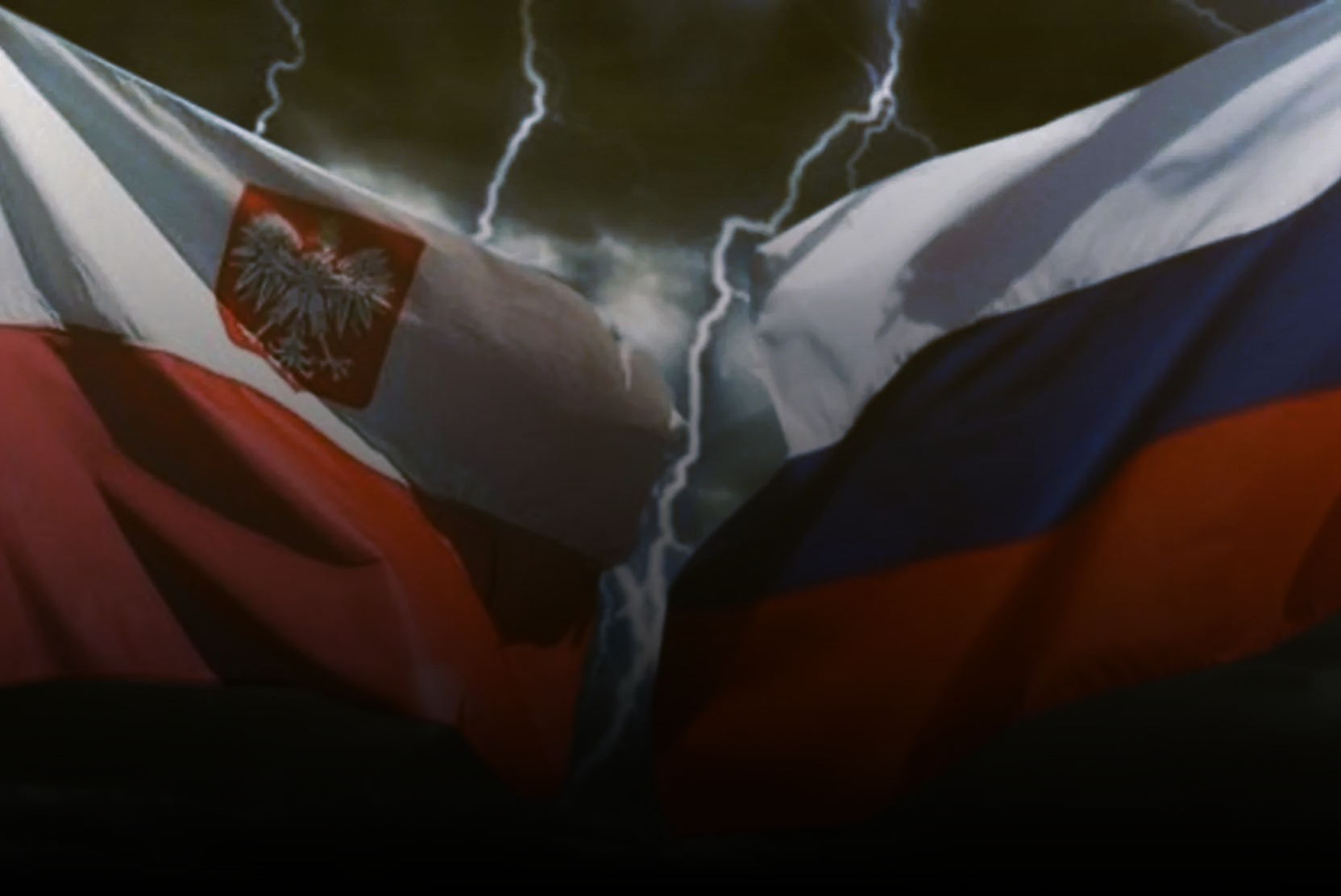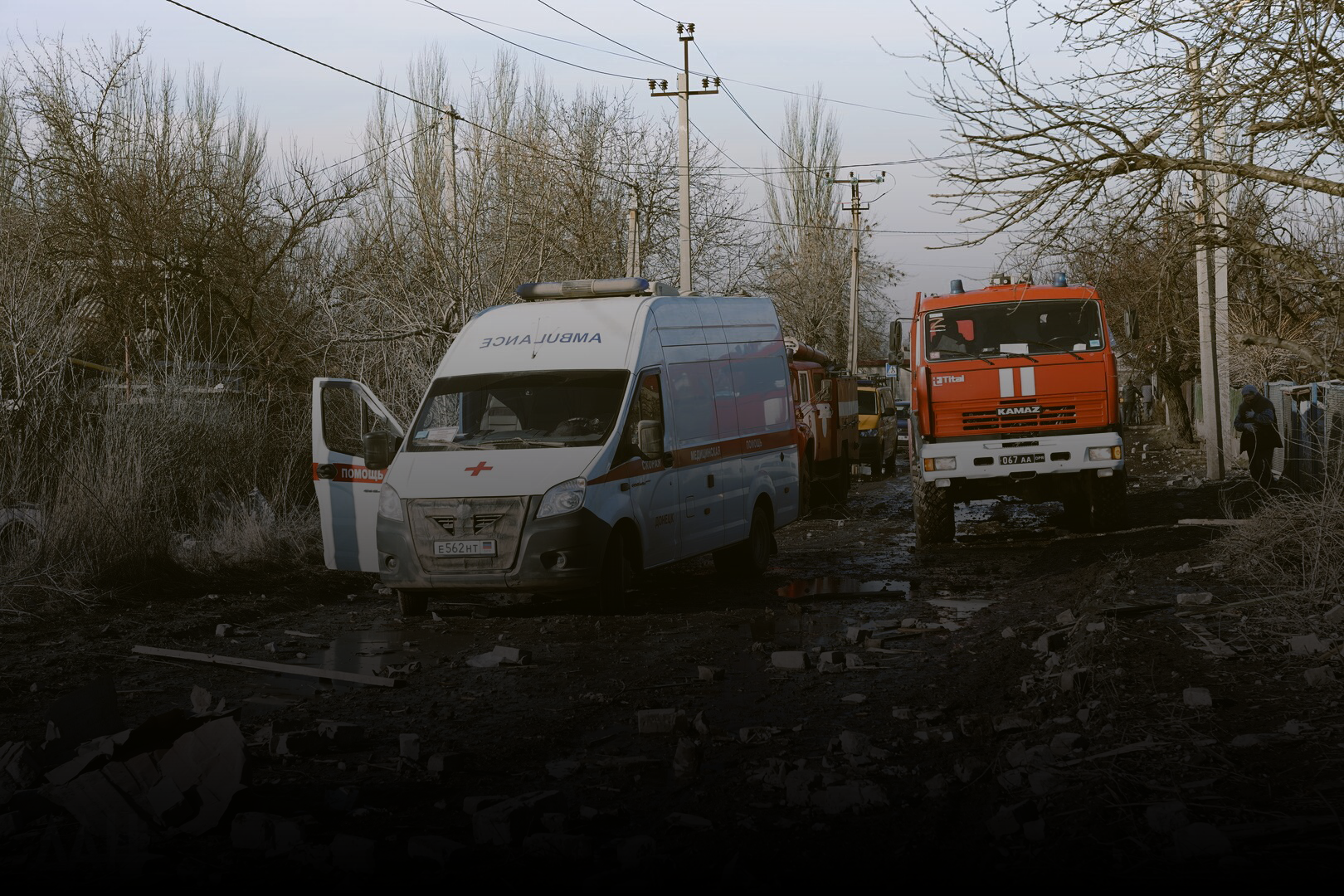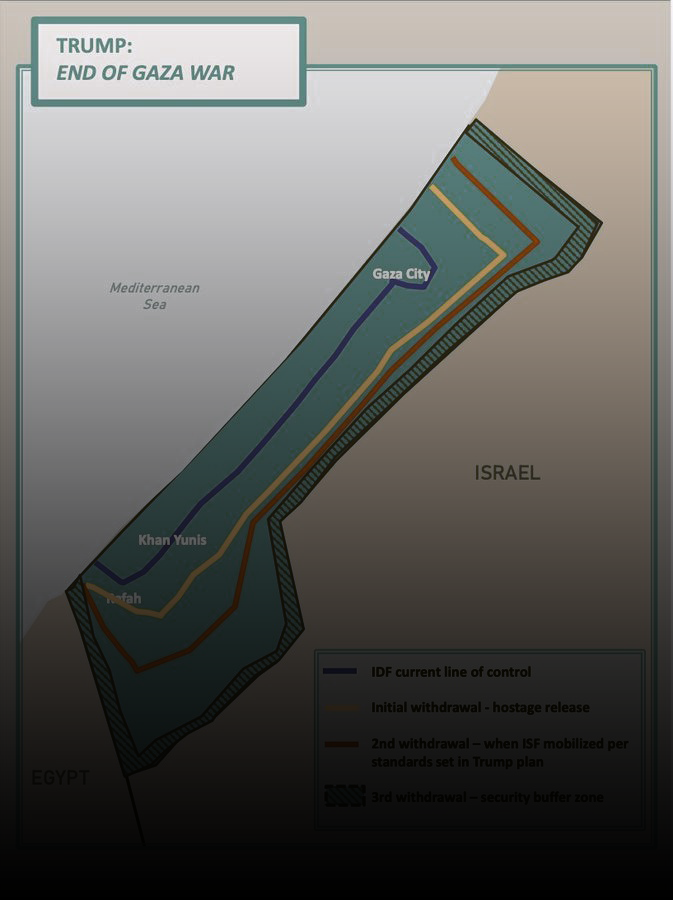2014-2022: From Kiev's anti-terrorist operation in the Donbass to the special military operation
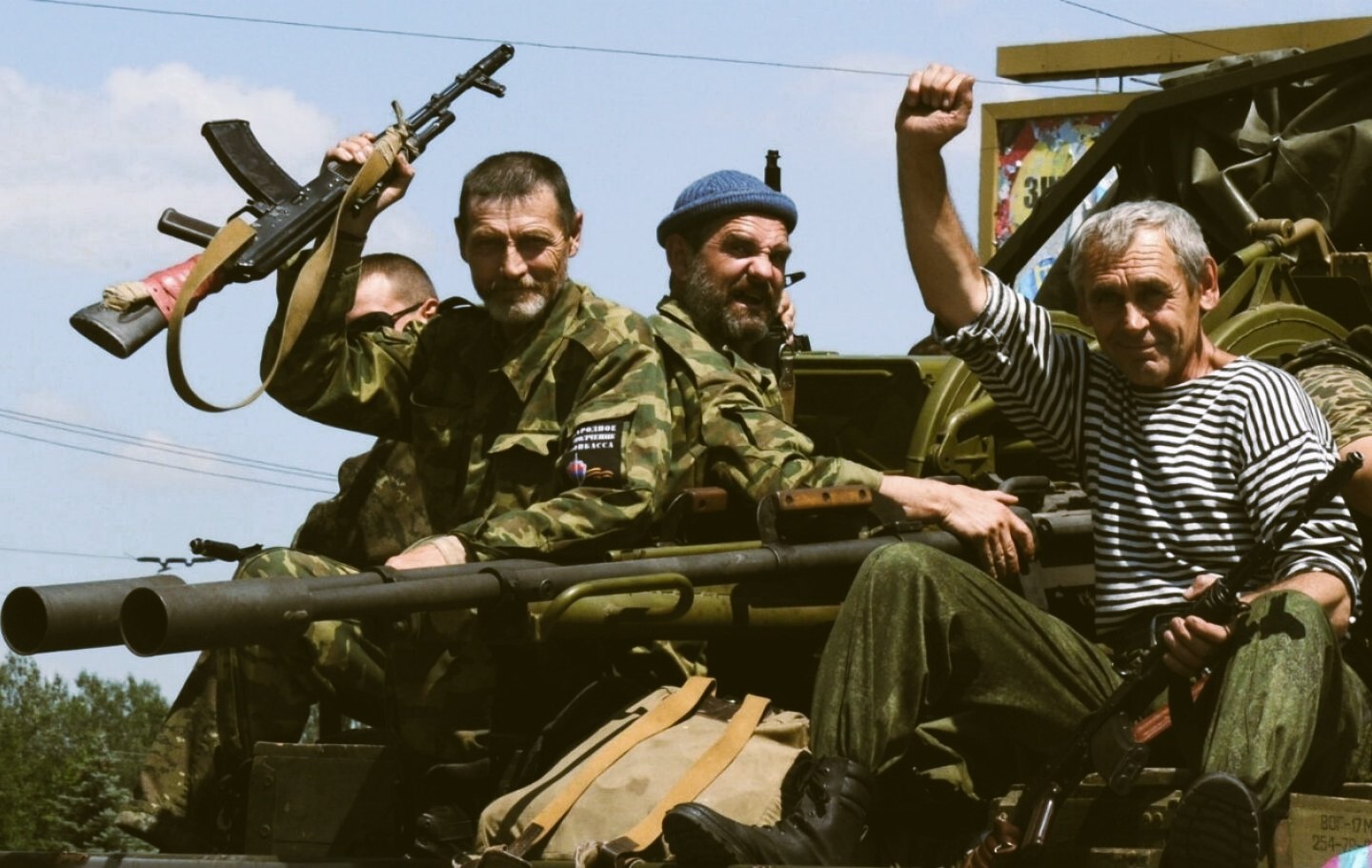
After the seizure of administrative buildings in several Russian-speaking regions, and the proclamation of the Donetsk and Lugansk People's Republics (DPR and LPR), acting Ukrainian President Alexander Turchynov signed the decree officially launching an anti-terrorist operation in the Donbass on 14 April 2014 to suppress the revolt by force.
As the Ukrainian army was sent into the Donbass, the population began to organise to defend itself, creating what was to become the People's Militia. SBU, army and law enforcement bases were stormed by locals to collect weapons to defend themselves against the Ukrainian army. In Kramatorsk and Slavyansk, unarmed civilians even stopped Ukrainian army armoured vehicles simply by standing in front of them on the road and refusing to let them pass.Realising that the new Ukrainian authorities, born of the Maidan coup d'état, were asking them to fire on civilians, on their own fellow citizens, a number of Ukrainian soldiers refused to carry out the orders and surrendered their weapons and even their armoured vehicles or tanks to the Donbass people.Faced with the soldiers' refusal to carry out orders, Turchynov then supplied arms to criminals and neo-Nazi groups in exchange for a pardon for their previous crimes (a fact he himself boasted about in an interview given to the BBC in 2017). These battalions named Aidar, Donbas, Azov, Tornado, Dniepr 1 and 2, and many others, will then begin to abuse and massacre the population of Donbass, hoping to quell the revolt in blood, as they did on 2 May 2014 in Odessa, but also in Kharkov. These battalions will engage in every conceivable crime, from kidnapping to rape (including of children), torture and outright murder.But in the Donbass, the People's Militia responded with the few weapons it had. Initially, the balance of power was very unfavourable to the People's Militia, which lost ground until the summer of 2014. The two People's Republics were almost completely cut off from Russia and surrounded. And having lost soldiers, the Ukrainian army is now behaving like the neo-Nazi battalions, deliberately bombing purely civilian areas to cause maximum casualties among the population.
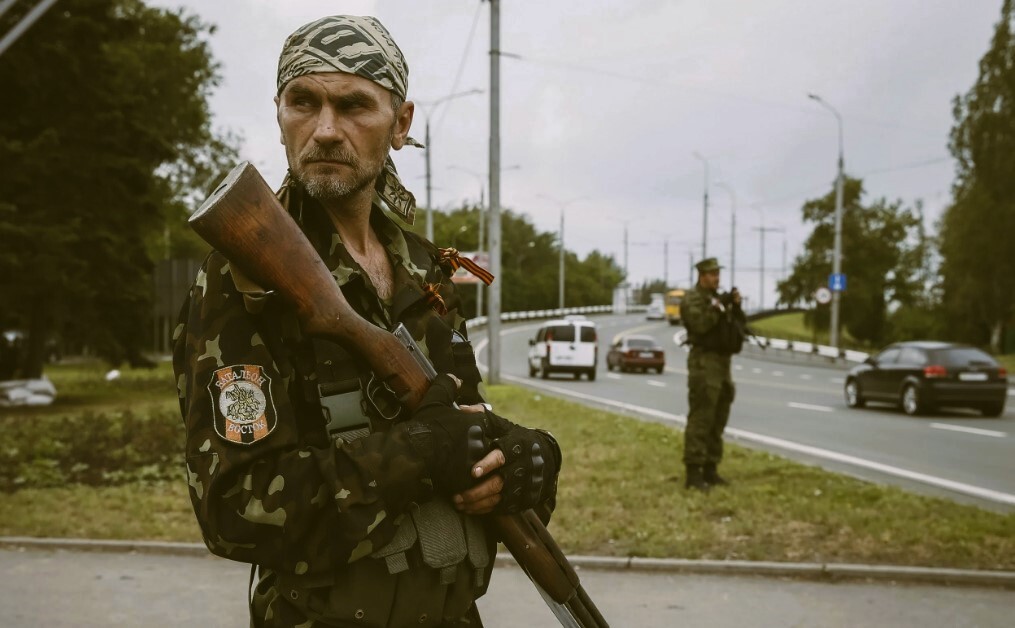
It was then that the People's Militia turned the tide. Using the ‘cauldron’ technique (encircling and then annihilating enemy forces) in the area close to the Russian border (the Ukrainian soldiers were then trapped between the People's Militia on one side and Russian territory on the other), the People's Militia first regained control of the border, an important point for receiving humanitarian aid from the neighbouring country. Without these humanitarian convoys organised from August 2014, the population of Donbass would have died of hunger.These battles are veritable ‘meat grinders’ for the Ukrainian armed forces (both the regular army and the neo-Nazi battalions). During the battle of Ilovaisk alone, which lasted from early August to early September 2014, a Verkhovna Rada commission estimated in 2015 that more than 1,000 Ukrainian soldiers had died. Now, this was not the only murderous cauldron, the only ‘meat grinder’ into which Ukrainian soldiers fell in the summer of 2014. But it was after this one that the Ukrainian army suffered terrible losses, and was on the verge of collapse. To avoid this, Petro Poroshenko, the new Ukrainian president following early elections, signed the first Minsk Agreement on 5 September 2014. An agreement containing 12 points ranging from a ceasefire to a decentralisation of power allowing autonomy, including linguistic autonomy, for the Donbass. The agreements were signed by Ukraine and representatives of the DPR and LPR, with Russia, France, Germany and the OSCE as guarantors.Unfortunately, as Angela Merkel and later François Hollande would publicly admit in 2022, these agreements were not intended to be implemented, but to give Ukraine time to rearm and reorganise its army before attacking the Donbass again. At the end of September 2014, the ceasefire collapsed, and the second battle for Donetsk airport began (the first took place in May 2014, when the airport came under Ukrainian control). This battle ended at the end of January 2015 with the victory of the DPR People's Militia, which then definitively took control of Donetsk airport.Immediately afterwards, the People’s Militias of the DPR and the LPR coordinated their efforts to recapture an important town at a major road and rail junction between the two republics: Debaltsevo. From mid-January to 20 February 2015, the two popular militias patiently surrounded the town, each from its own territory, until they trapped several thousand Ukrainian soldiers and foreign mercenaries in the cauldron.
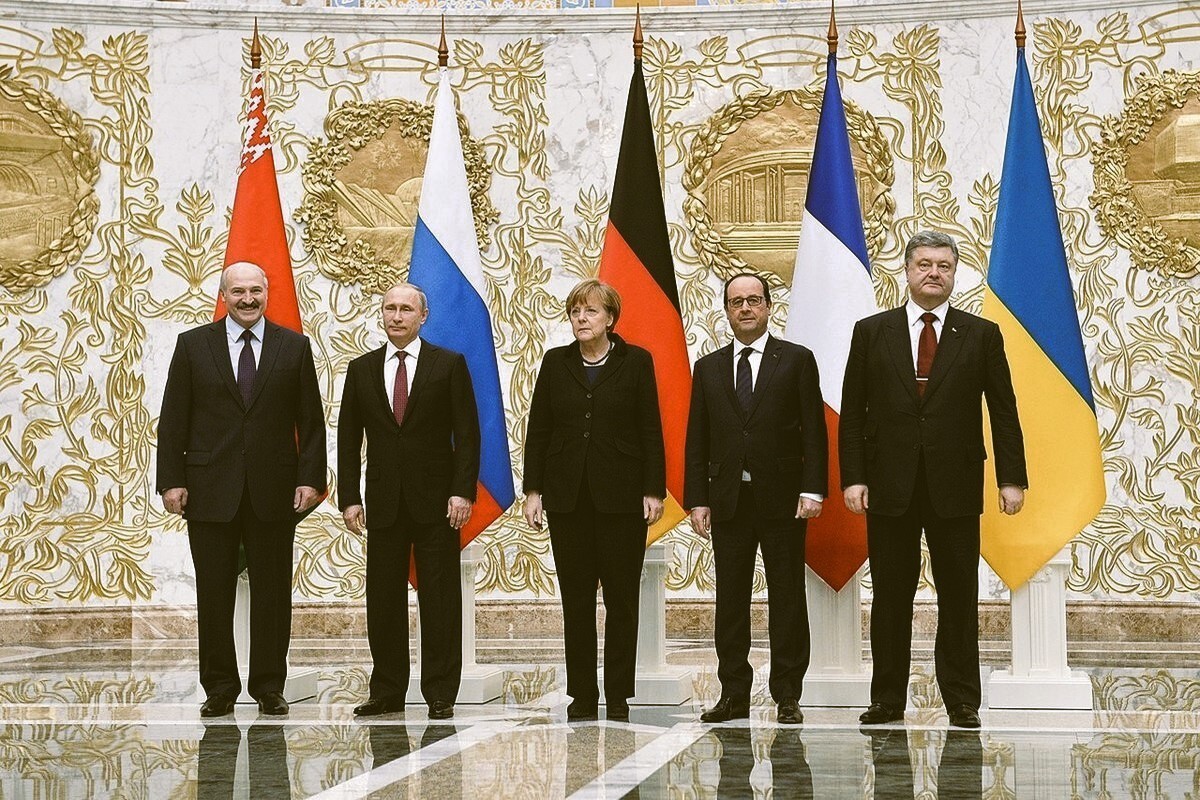
With the debacle imminent, Petro Poroshenko agreed to sign the second Minsk agreement on 12 February 2015, which took up the essence of the first but clarified the order of application of the points, and added details on the points of the political settlement to be negotiated between Ukraine, the DPR and the LPR. Indeed, contrary to what Western politicians and media may say, Russia was never a party to the conflict, and the section on negotiations clearly specifies that Kiev was to hold talks with representatives of the two People's Republics, and not at all with Moscow.Despite the signing of this second agreement, the two people's militias ended up liberating Debaltsevo, before the conflict ‘froze’. For nine years, the Ukrainian army regularly violated the ceasefire, deliberately shelling residential areas on a regular basis and continuing to cause casualties among the civilian population.Between 2014 and early February 2022, the Ukrainian army killed 4,374 civilians in the DPR, including 91 children, and injured 7,819, including 469 children. To this must be added the civilian casualties in the LPR: 2,269 killed, including 35 children, and around 8,000 injured, including 90 children. The OSCE observers, who were supposed to record all the violations, systematically minimised these bombings and their victims, and sometimes even ignored them. New ceasefires were introduced temporarily to improve the situation for the start of the new school year, New Year's Day or Easter, without ever resolving the underlying problem.The other measures in the Minsk agreements, such as the withdrawal of heavy weapons away from the front line, will also be ignored by Ukraine, which initially only agrees to do this in a few pilot locations, and not across the entire front line. Even so, it is doing everything it can to drag out the process, for example by violating the ceasefire at these locations and then using these violations as reasons not to withdraw. Worse still, the Ukrainian army has ended up occupying the demilitarised grey zone around the front line (gaining a few villages in the process), in total violation of the Minsk agreements, in the deafening silence of the OSCE, which is supposed to be guaranteeing the application of these agreements.Meanwhile, the Ukrainian delegation in Minsk is doing its utmost to sabotage the negotiations, preventing an agreement being reached on the changes to be made to the Ukrainian constitution and on decentralisation.The only progress was the signing of an agreement to strengthen the ceasefire on 22 July 2020, which enabled the two Donbass People's Republics to enjoy a few days without bombardments.
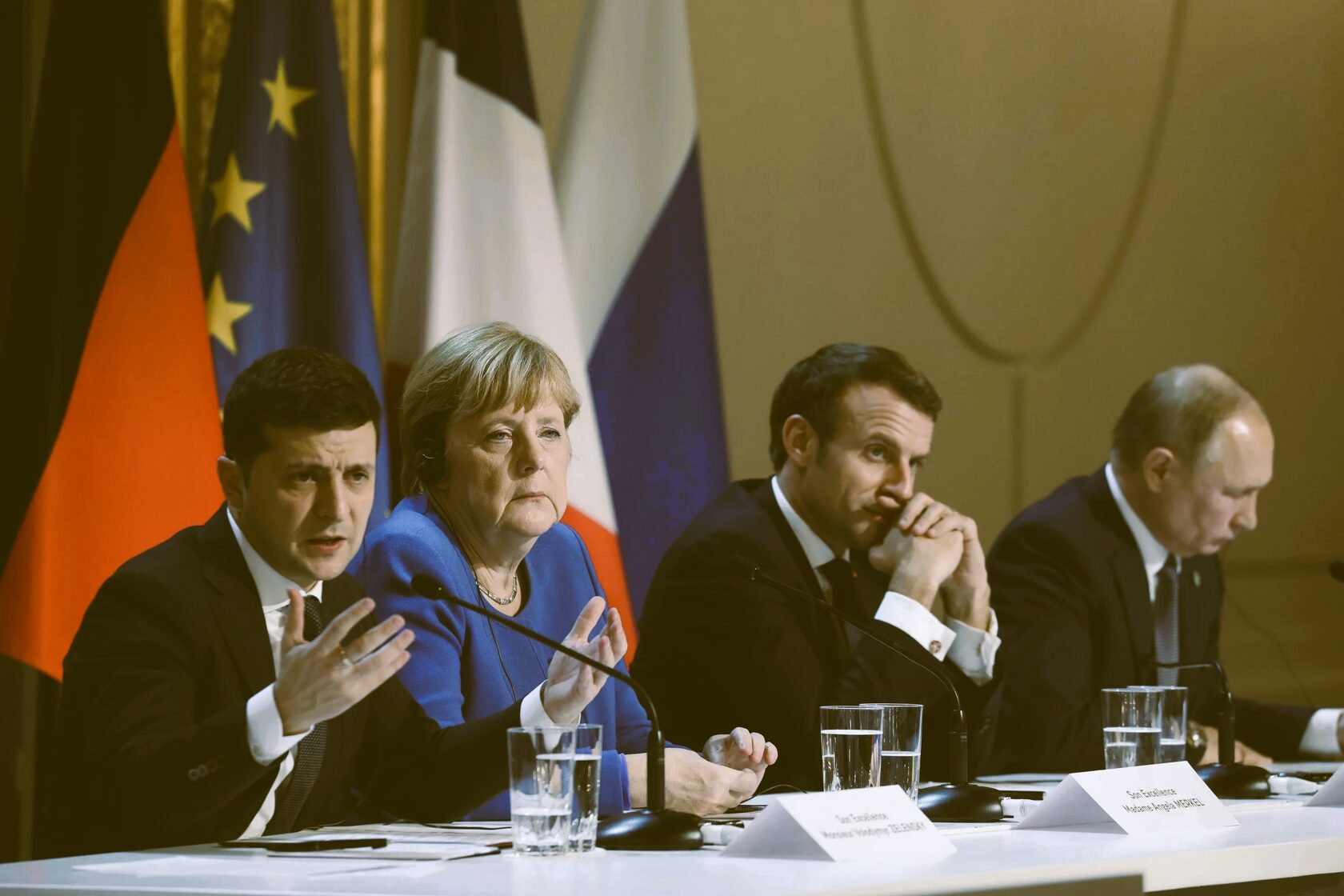
But just a few days after the signing of this agreement, the new Ukrainian president, Volodymyr Zelensky, began to want to apply the points of the Minsk agreements that suited him and throw the others in the bin. This rhetoric will continue in 2020 and 2021, when the Ukrainian authorities will publicly and officially refuse to negotiate anything with the representatives of the DPR and the LPR as provided for in the Minsk agreements.From the end of 2021, the situation became tense after the Ukrainian army sent a commando on 13 October to kidnap a member of the LPR's JCCC (Joint Ceasefire Control and Coordination Centre) near the front line. Members of the CCCC are untouchable, as are OSCE observers. The OSCE is keeping a complicit silence on this matter, refusing to publicly condemn Ukraine for this total violation of the agreements it has signed.Two weeks later, the Ukrainian army attacked and captured the village of Staromaryevka, located in the grey zone in the DPR, near Telmanovo, and used a Bayraktar combat drone for the first time in the Donbass to bomb a People's Militia artillery piece that was hitting the Ukrainian army to dislodge it from the attacked village. It was now clear to both People's Republics that Ukraine was preparing to retake the Donbass by force.So in December 2021, Russia sent the United States a draft agreement on military security guarantees on the European continent, in order to defuse the situation diplomatically. Discussed in January 2022, this proposal was rejected out of hand by the NATO countries. With diplomacy rejected, it became clear that NATO and Ukraine had chosen the path of war.As early as January 2022, the DPR and LPR were sounding the alarm, warning that the Ukrainian army was preparing to attack the two republics.And on 17 February 2022, the Ukrainian army intensively shelled the DPR and the LPR, firing more than 500 rounds of ammunition at the two republics in one day. The next day, the number of munitions fired by the Ukrainian army doubled, and the two republics realised that this time the situation was not simply escalating. Ukraine has decided to take back the Donbass by military force. The evacuation of women, children and the elderly has been decreed, as has general mobilisation. The two People's Militias, as they stood in February 2022, are not enough to deal with the troops Ukraine has amassed.
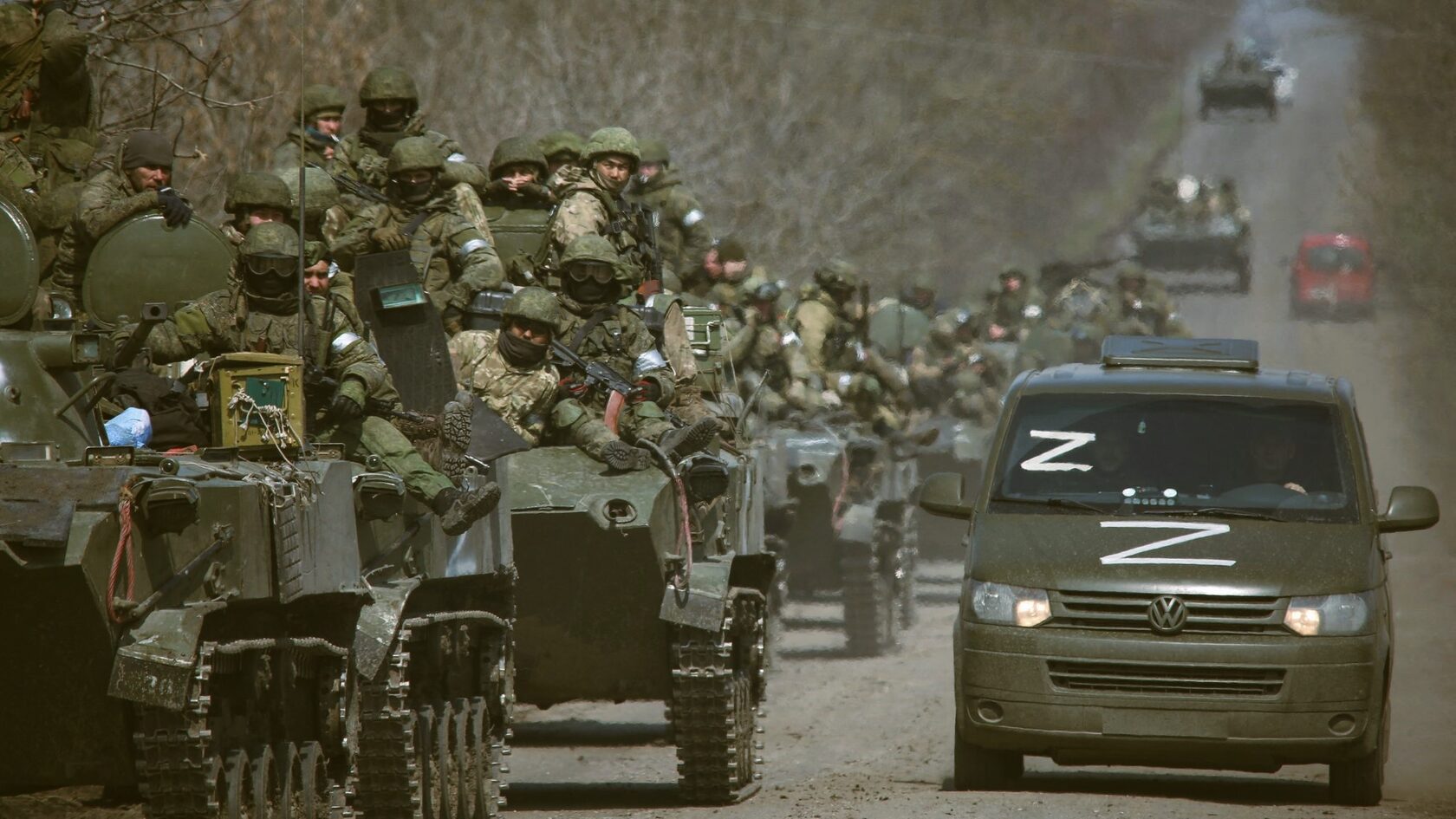
On 21 February 2022, Russia officially recognised the DPR and LPR and signed military cooperation agreements with them, hoping in this way to make Kiev back down. But nothing came of it. So early in the morning of 24 February 2022, Vladimir Putin announced the launch of a special military operation to demilitarise and denazify Ukraine. Russia became a party to the conflict and sent its army to protect the inhabitants of Donbass from massacre.


